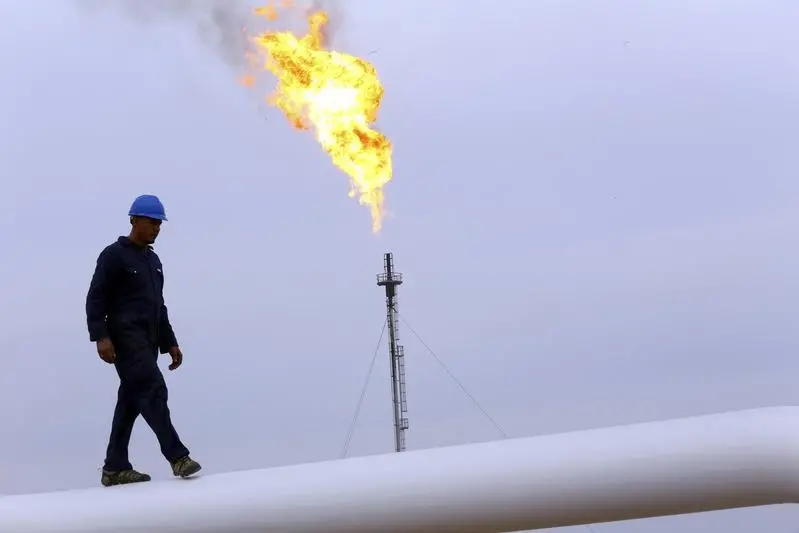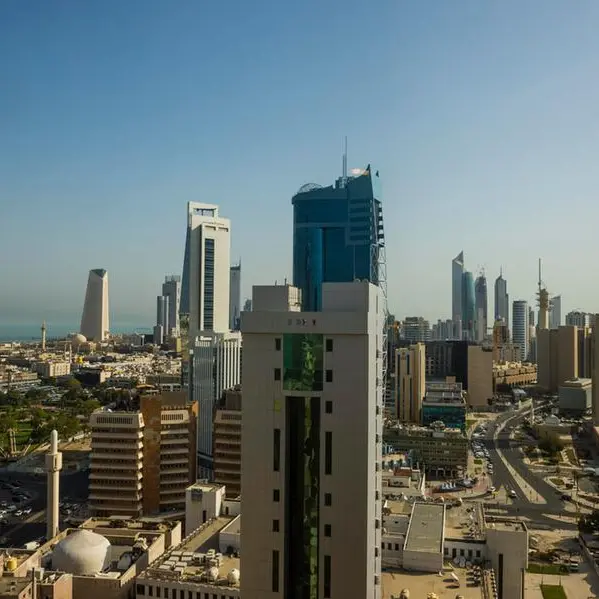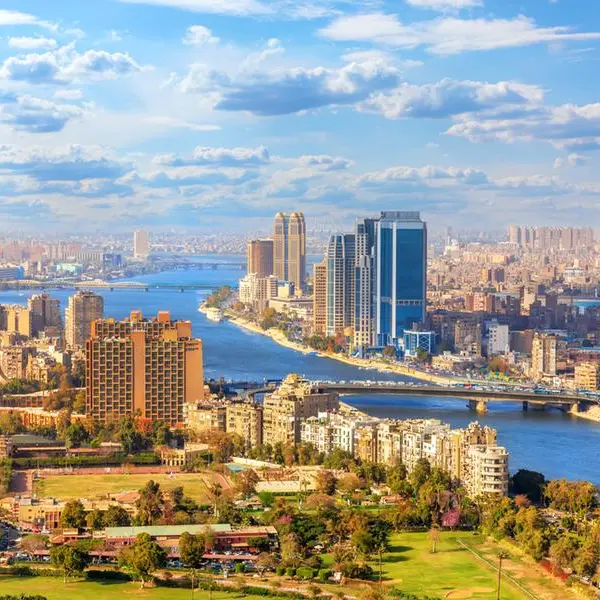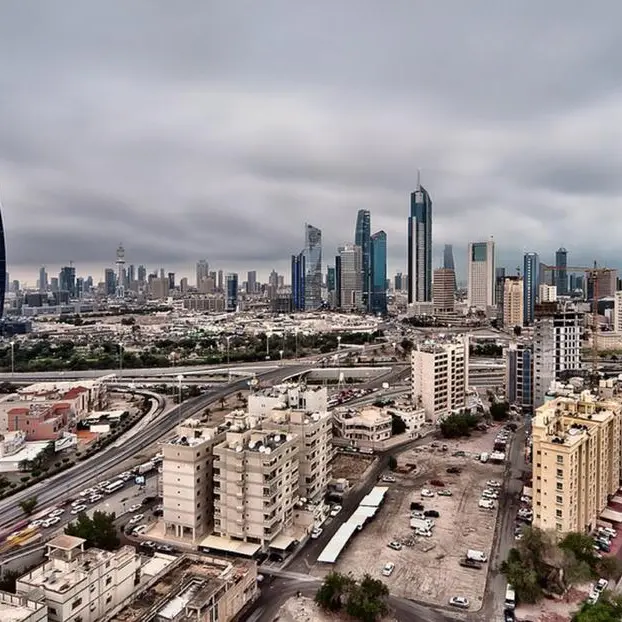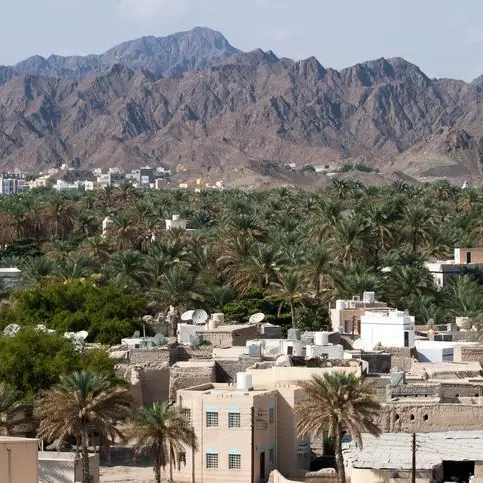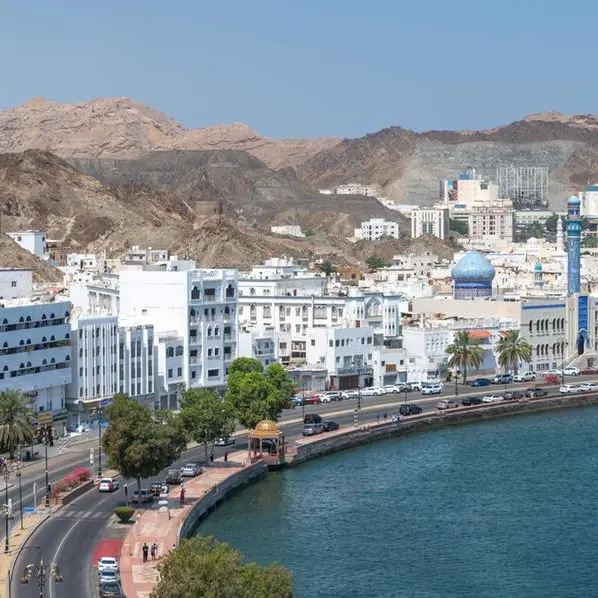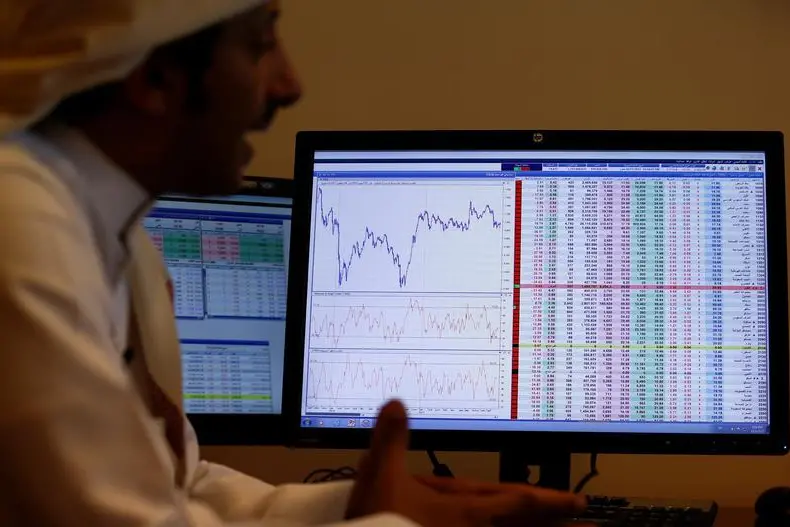PHOTO
Image used for illustrative purpose. A worker walks on an oil pipeline at Khurmala oilfield on the outskirts of the city of Arbil, in Iraq's Kurdistan region December 4, 2013.
A continued decline in oil prices due to the implementation of new US tariffs could put some countries in the Middle East under "financing pressure".
Among those likely to feel some impact are Oman, Bahrain and Iraq, although the UAE and Qatar may be able to ride out a sustained period of lower oil prices, according to S&P Global Market Intelligence.
"Countries like Oman, Bahrain and Iraq will likely come under financing pressure if lower prices persist," S&P said.
The prices of oil dropped more than 2% on Monday after the US-Iran talks showed some positive progress, although investors were still worried about the impact of US tariffs on demand, according to Reuters.
S&P noted that lower oil prices are the main negative effect for the Middle East and North Africa region's oil producers of tariff-related turbulence.
S&P has recently revised this month its forecast for various markets, taking into account the US administration's latest trade policies.
Overall, it said market conditions have not stabilised despite the three-month pause on tariffs on April 9, and that the US policy volatility and related uncertainties are expected to linger. S&P lowered the global real GDP growth forecast for this year to 2.2%.
In the GCC, particularly in Saudi Arabia, the UAE and Qatar, domestic economic conditions remain in solid shape, with robust domestic demand across the region pointing to steady growth this year.
Saudi Arabia is likely to see a wider fiscal deficit, although it could still afford to borrow more, given that the government debt-to-GDP ratio stands 30% as of the end of 2024.
(Writing by Cleofe Maceda; editing by Seban Scaria) seban.scaria@lseg.com
